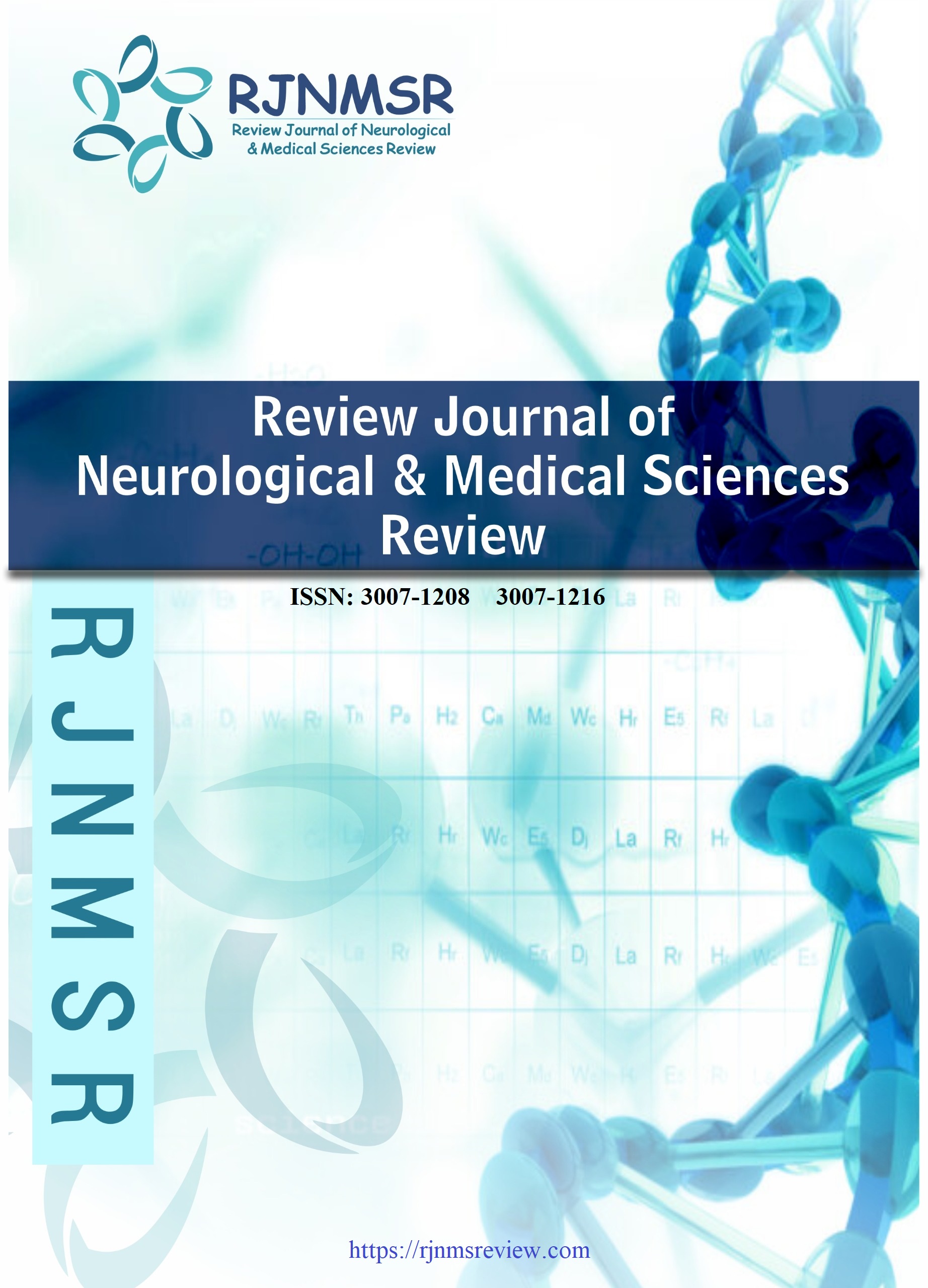Hepcidin Levels, Markers of Iron Overload, and Liver Damage in Patients with Beta Thalassemia Major
DOI:
https://doi.org/10.63075/fg3gfq35Abstract
A hereditary disorder known as beta thalassemia major is fatal and necessitates lifelong blood transfusions. It will unavoidably result in iron excess and severe organ damage, particularly to the liver. Hepcidin, a crucial hormone derived from the liver that controls iron balance, is at the core of this issue. Because of continuous inefficient erythropoiesis, hepcidin is pathologically reduced in afflicted patients, permitting uncontrolled iron absorption and hastening hepatic iron buildup. The importance of hepcidin in the pathophysiology of iron overload and liver damage in beta thalassemia major is highlighted by this study.According to our research, there is a substantial correlation between low hepcidin levels and higher liver iron concentrations as well as a higher risk of cirrhosis, fibrosis, and chronic liver failure. Crucially, the work shows that efficient iron chelation treatment may aid in reestablishing hepcidin equilibrium in addition to lowering iron load. These discoveries make hepcidin a potent diagnostic and therapeutic tool rather than merely a passive marker. Routine monitoring that includes hepcidin measurement has the potential to transform the way we evaluate, treat, and eventually enhance the outcomes for patients with beta thalassemia major.

